STREET AS A LIVING ROOM
By Gaurav Chordia
A case study of Pritampura
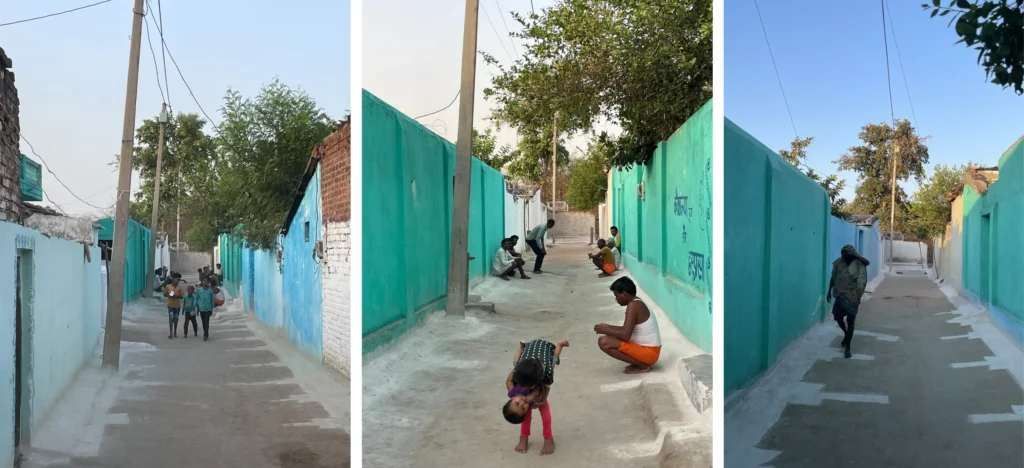
Visiting Pritampura, a village with its distinct character and pattern of mohalla living, was an enlightening experience. This commune was relocated from the nearby tribal village of Bhudraon to Madla after the Panna National Park was established. The resettlement process was supported by Mr. Pritamsingh, a local landlord, who aided the Adivasi communities in procuring land and adapting to their new surroundings.
Pritampura boasts a unique street design and a strong sense of community, with residents coming together to maintain and celebrate their living space. This essay explores the fascinating social dynamics, livelihoods, and communal living practices observed in Pritampura.
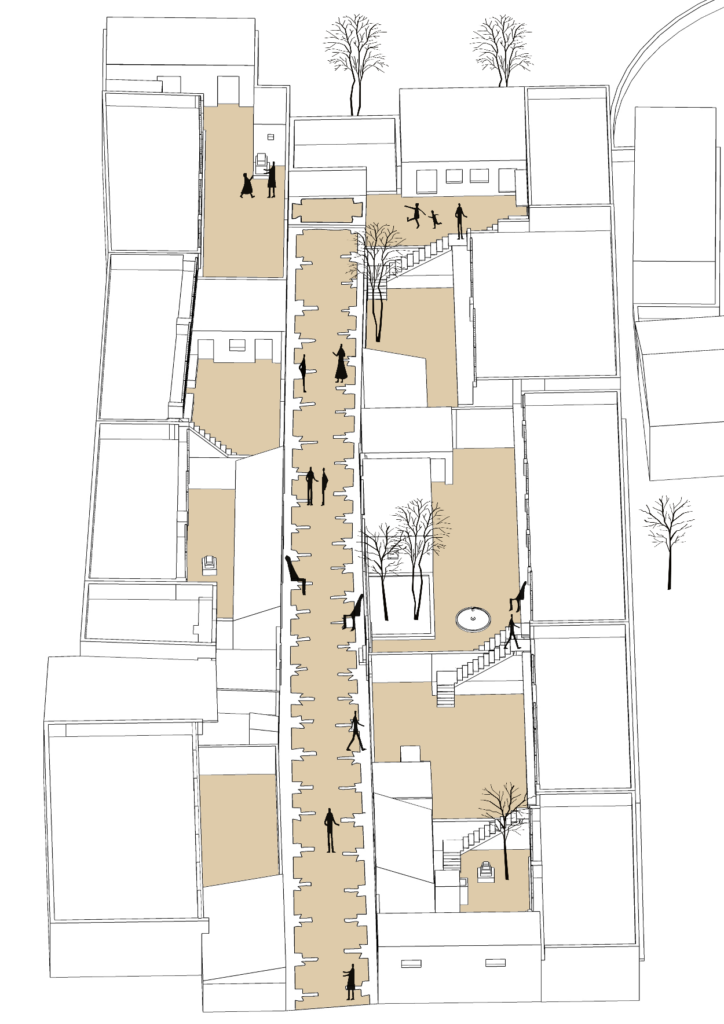
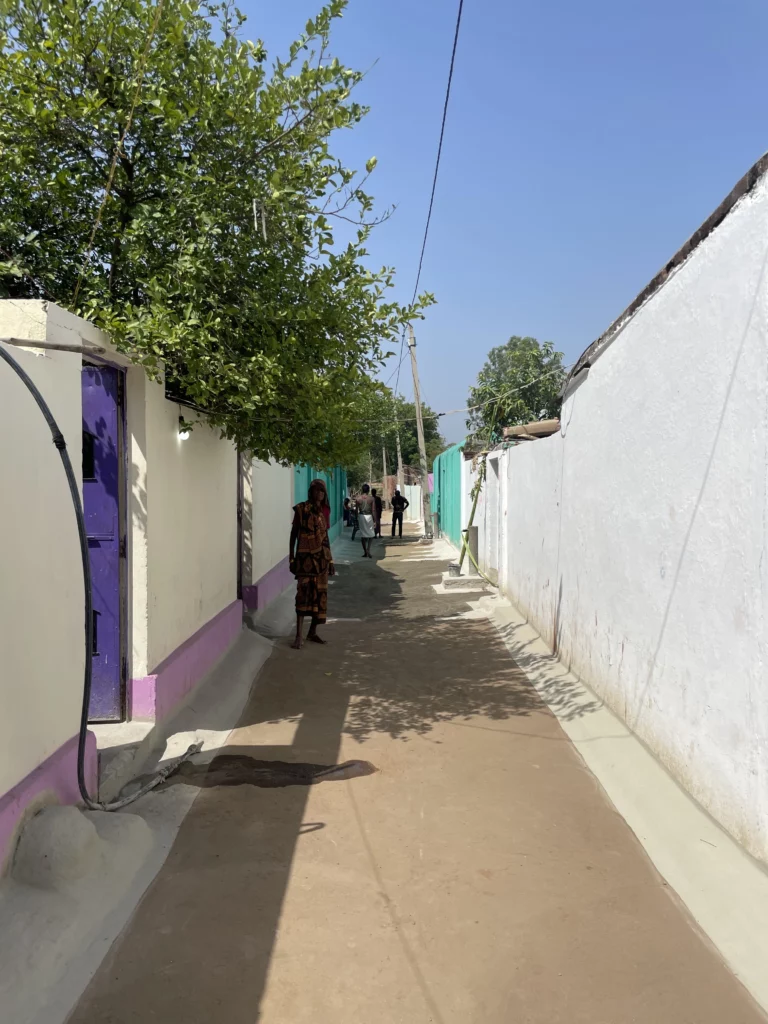
The Uniqueness of Pritampura’s Street Design:
The streets of Pritampura have a distinctive charm, with mud-plastered floors and an inviting design pattern flanked by open doors leading to the courtyards of every house. The 3-meter-wide access through private land has become a symbol of strength for the community.
Residents take great pride in maintaining the cleanliness and aesthetics of the street, making it a welcoming and lively space to spend their days. The narrow streets also pique curiosity, as one can see through open doors to witness celebrations, conversations, and the exchange of livelihoods and life.
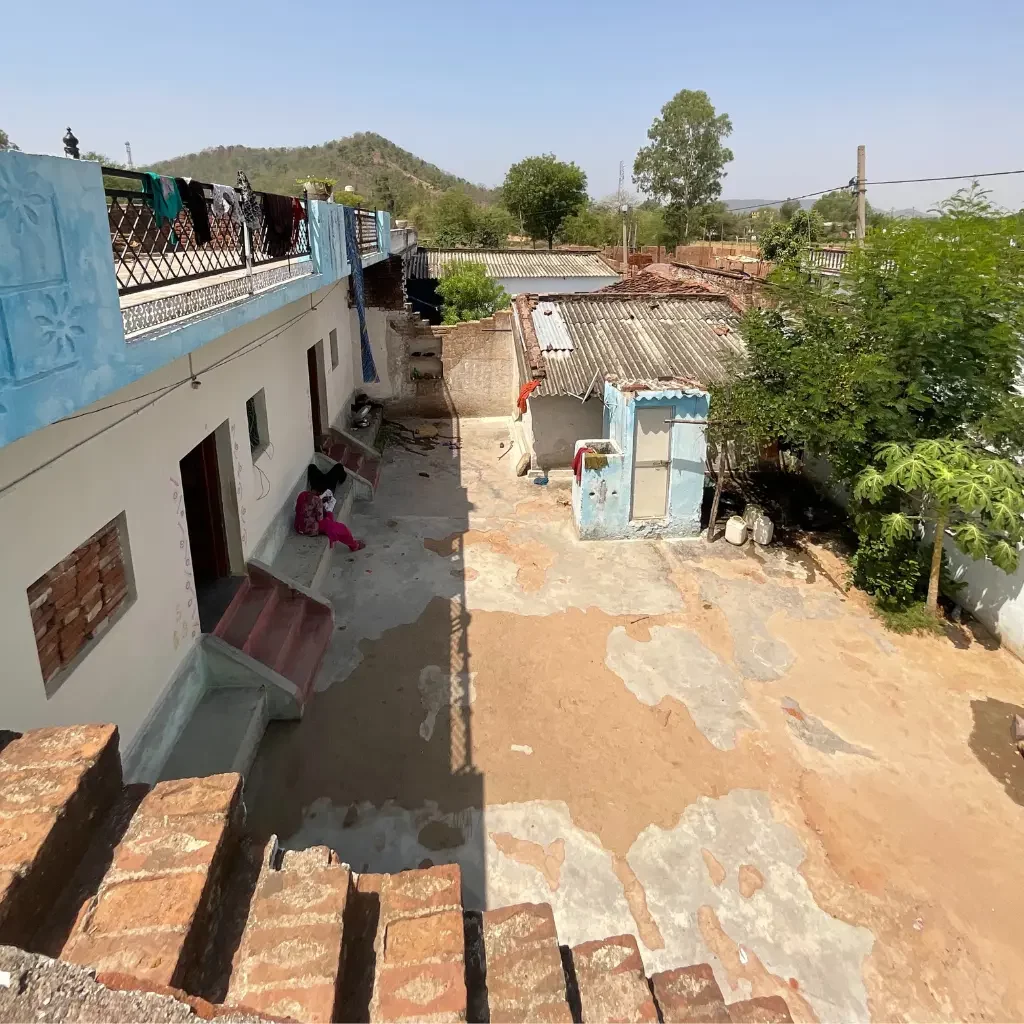
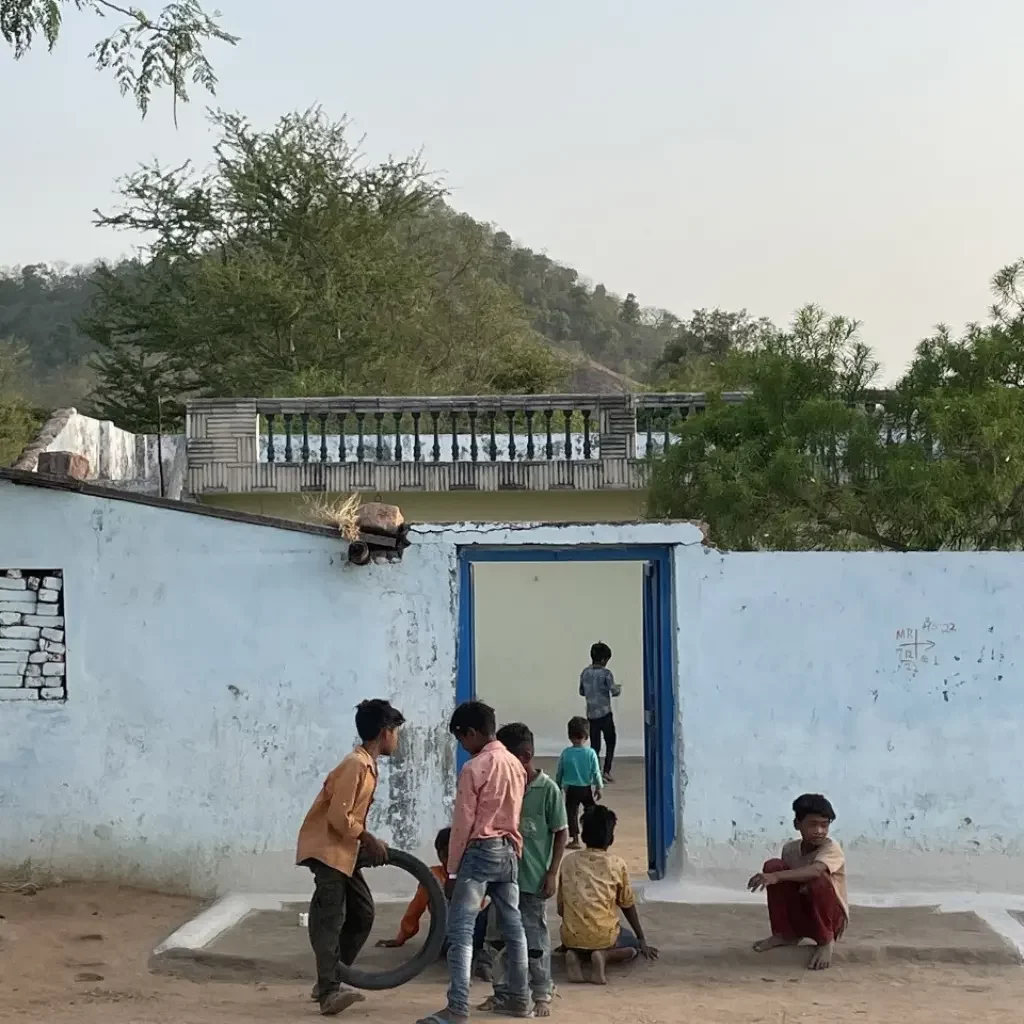
The Communal Living Habits:
The heart of Pritampura lies in the unity and camaraderie among its residents. The 17 families that moved to Madla from Bhudraon have integrated seamlessly into the community, making it challenging to distinguish one family from another. The communal courtyards play a crucial role in fostering social connections and acting as a central gathering space for the residents.
This sense of community spirit is reinforced by the daily sharing of cooked meals, flowers for deities, water from borewells, food grains, and local newspapers that circulate among the households. Such communal practices have created a strong bond among the residents, fostering a sense of belonging and solidarity.
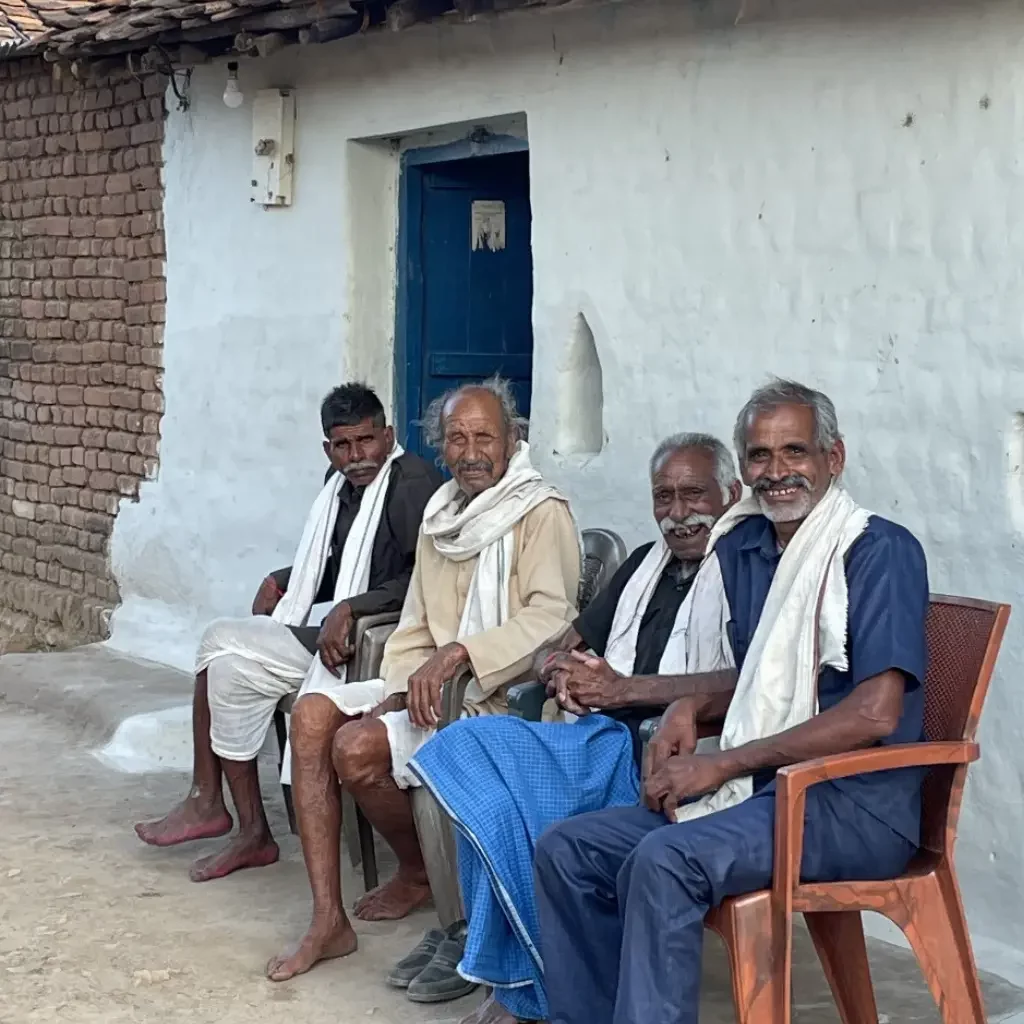
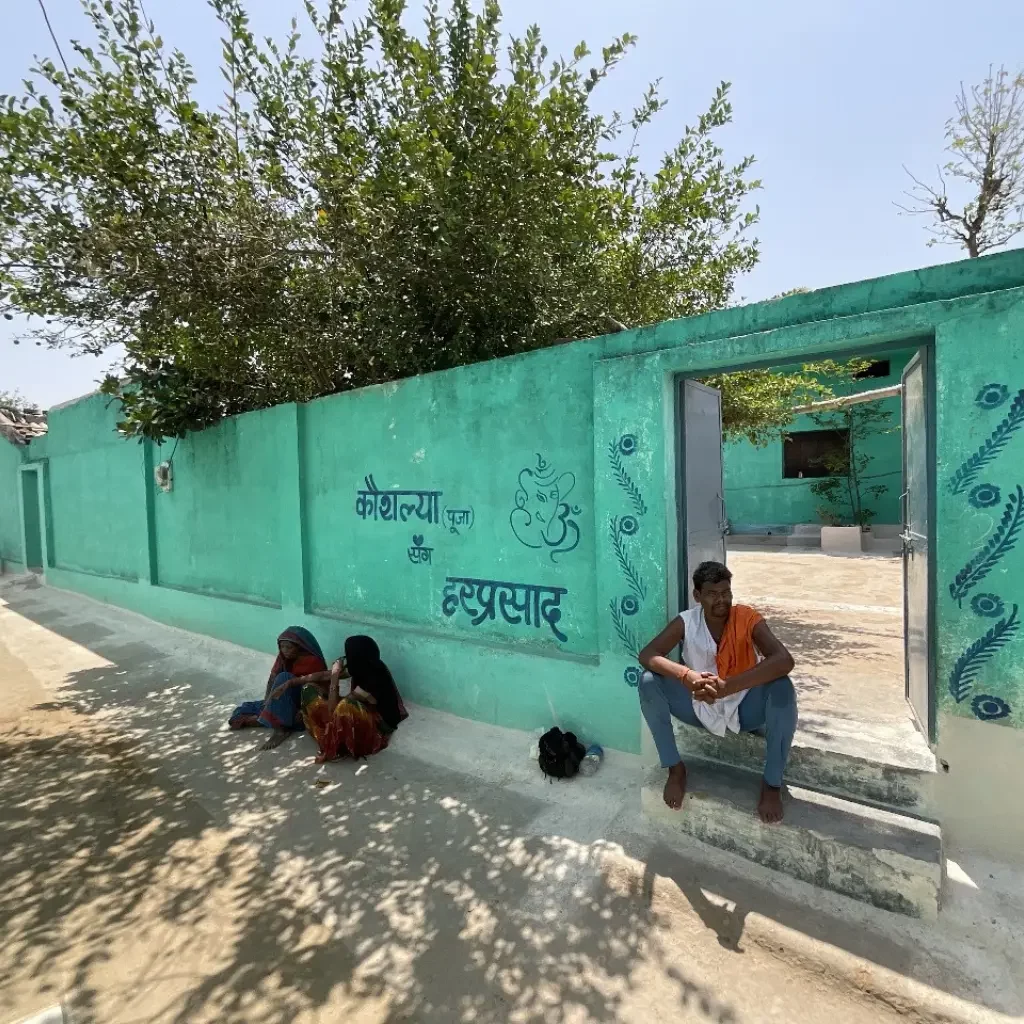
Livelihoods in Pritampura:
Despite the tight-knit community, Pritampura faces challenges concerning livelihoods. Only a few residents have permanent jobs, while the majority depend on daily wages or seasonal work on construction sites. The limited job opportunities have traditionally affected the women in the community, confining them to their houses.
However, recent developments indicate a positive shift, as more women are finding work opportunities and asserting their independence. This newfound empowerment promises to bring further progress and development to Pritampura.
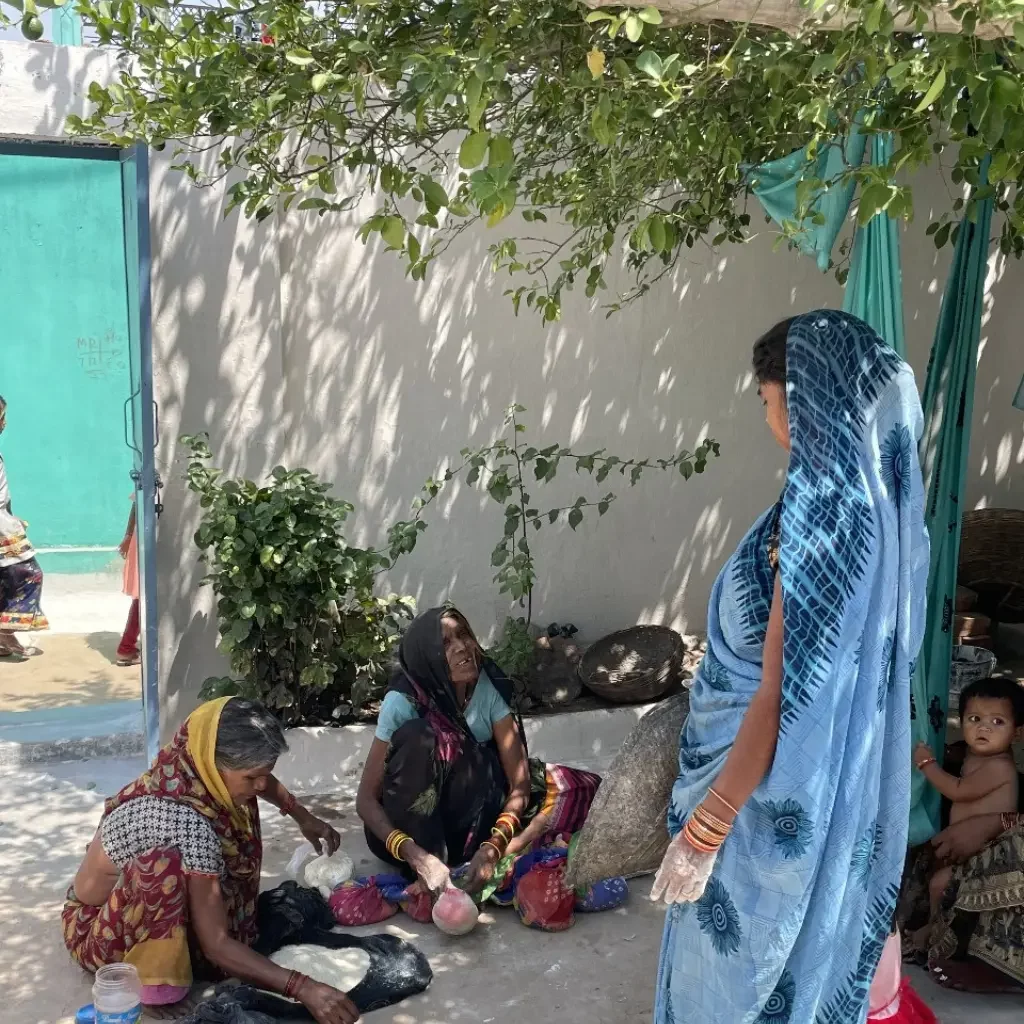
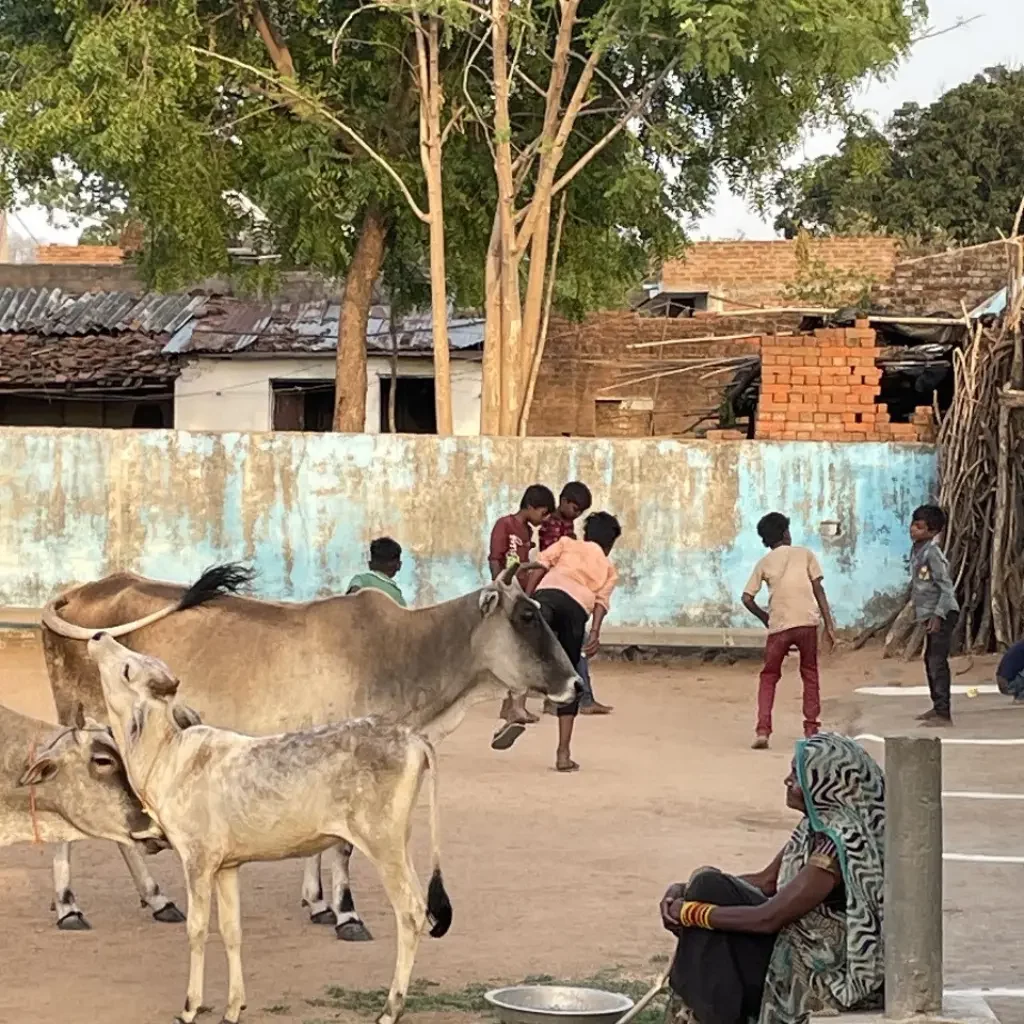
The Impact of Resettlement:
The relocation of the Adivasi communities from Bhudraon to Madla was facilitated by Mr. Pritamsingh, who helped the locals acquire land and resettle comfortably. In exchange for their houses taken by the forest department, the families were given a significant allowance of Rs. 10 lac.
However, the registry process has encountered complications, leading to delays. Despite these challenges, the resilience and resourcefulness of the residents have allowed them to build a flourishing commune in their new surroundings.
Conclusion:
Pritampura exemplifies the power of community spirit and communal living in fostering a sense of belonging and unity among its residents. The unique street design, with its open doors and inviting courtyards, symbolizes the openness and warmth of the community. While livelihood challenges persist, the recent empowerment of women promises a brighter future for Pritampura.
Through the combined efforts of the residents, Pritampura thrives as a living example of a closely-knit, resilient, and harmonious village community. The commune stands as a testament to the strength of human connections and the power of collective efforts in creating a fulfilling and prosperous life
